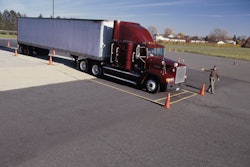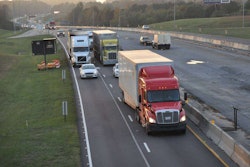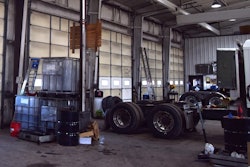A week after ramming through a stopgap measure that extended highway funding past Thanksgiving, the House of Representatives Friday night passed a $1.2 trillion infrastructure bill that provides $110 billion for roads, highways and bridges, along with money for the buildout of an electric vehicle infrastructure, water projects, the expansion of high-speed internet service, environmental cleanup and public transit. It also creates a training and apprenticeship program for under-21 commercial drivers to haul interstate.
The measure passed narrowly (228-206) with 215 Democrats voting alongside 13 Republicans in favor of a 38% increase in road and bridge funding, along with what Jim Edwards, government-affairs lead for the National Association of Small Trucking Companies, called a “mixed bag” when it comes to potential impact for small carriers.
It “spends a good amount of money on infrastructure,” he said, lauding the billions devoted to roads and bridges, though “that is about 12% of the total spending.” Highways monies is “the most dire need from our perspective,” Edwards added.
Among measures Edwards disliked were moves in the package toward tests of the idea of a vehicle-miles-traveled tax as an alternative to the fuels tax to fund highways.
[Related: Inside the debate over VMT, or a miles tax, to fund roads]
The Truckload Carriers Association (TCA) applauded the bill's passage, saying it "represents a significant investment in our nation’s roads and bridges and delivers a desperately needed injection into the Highway Trust Fund to keep it solvent. We are excited that this language provides an opportunity to expose a younger demographic to an industry that welcomes them..."
The American Trucking Associations and TCA have each been long-term supporters of legislation that would allow drivers under the age of 21 to drive interstate – removing the intrastate-only restriction – and see the outreach as one solution to fixing a perceived driver shortage that, according to ATA, has reached 80,000.








